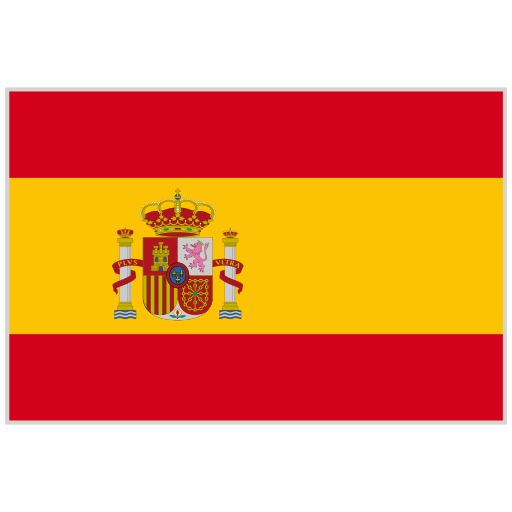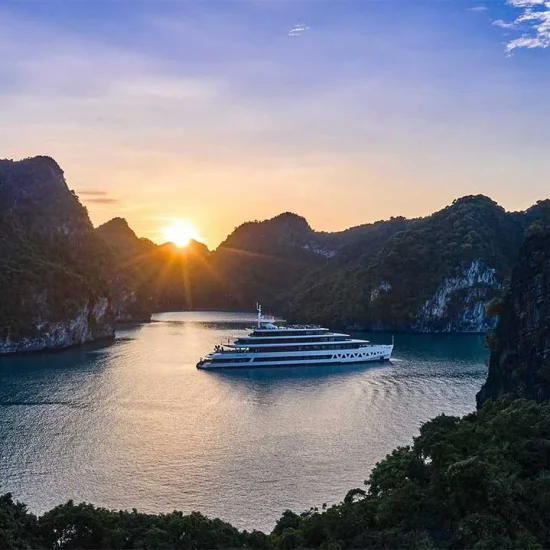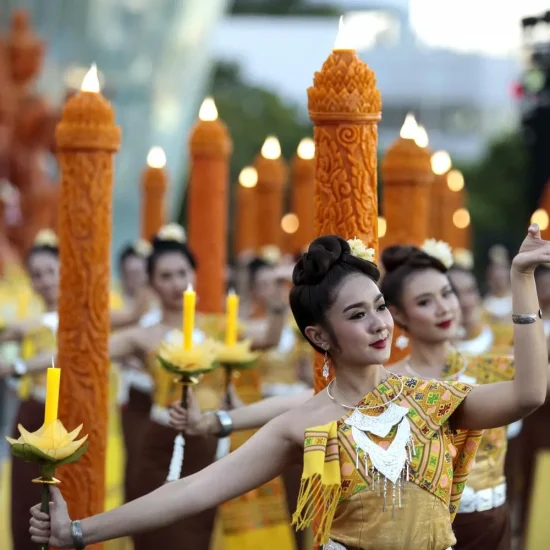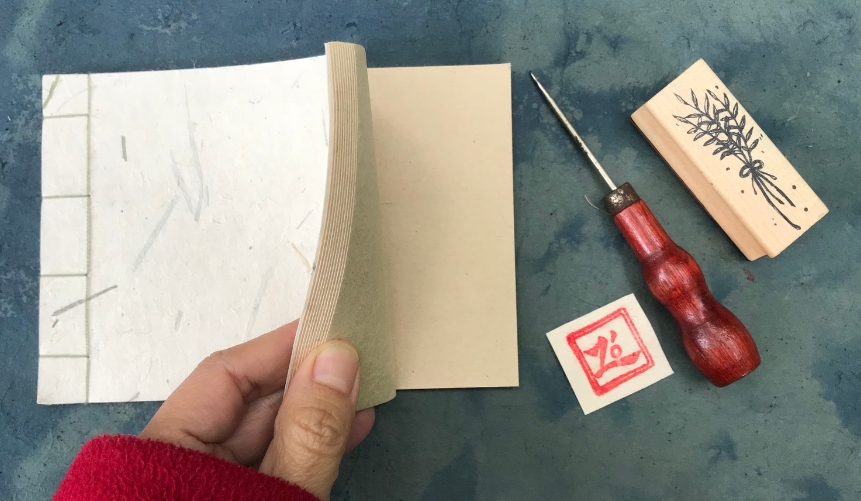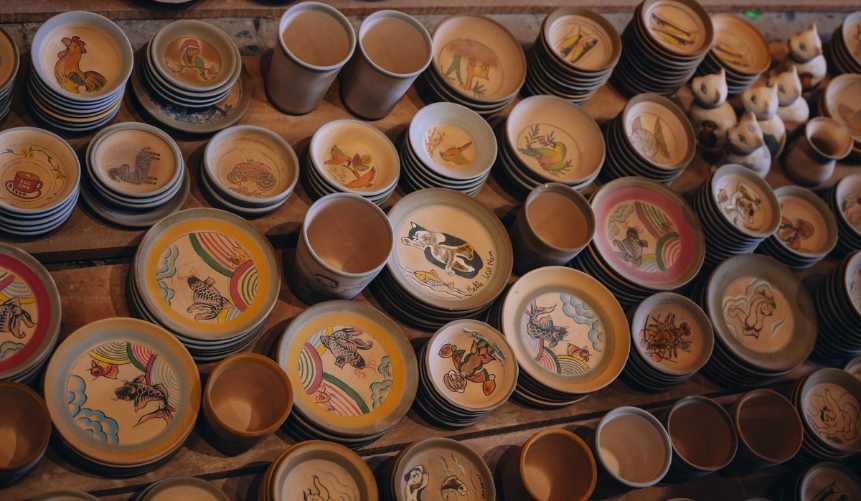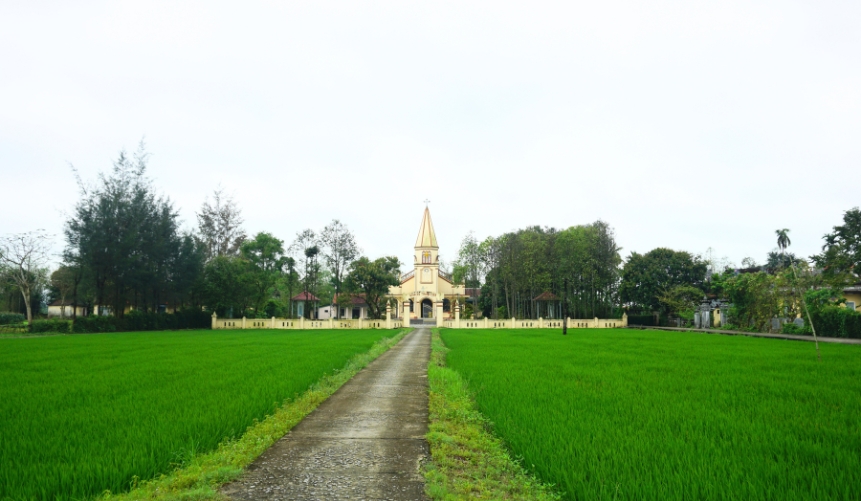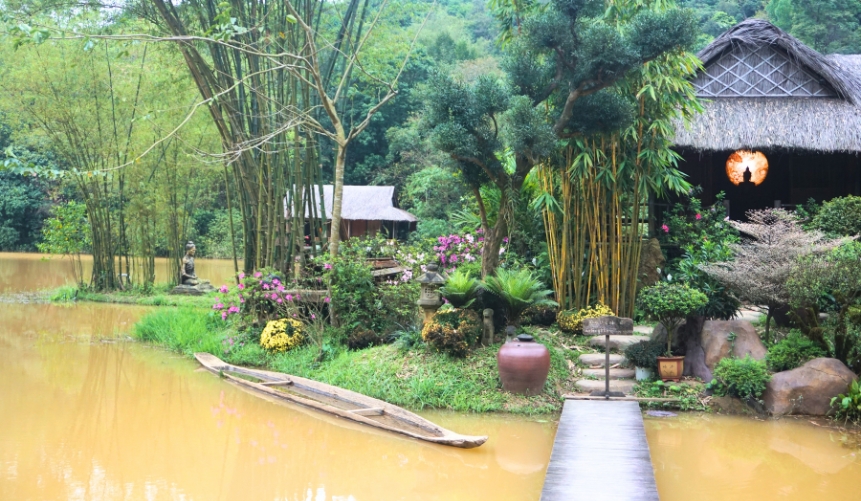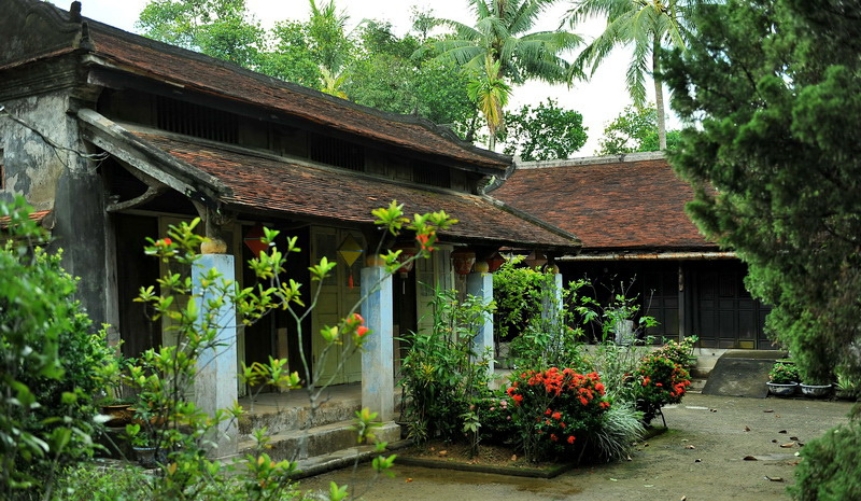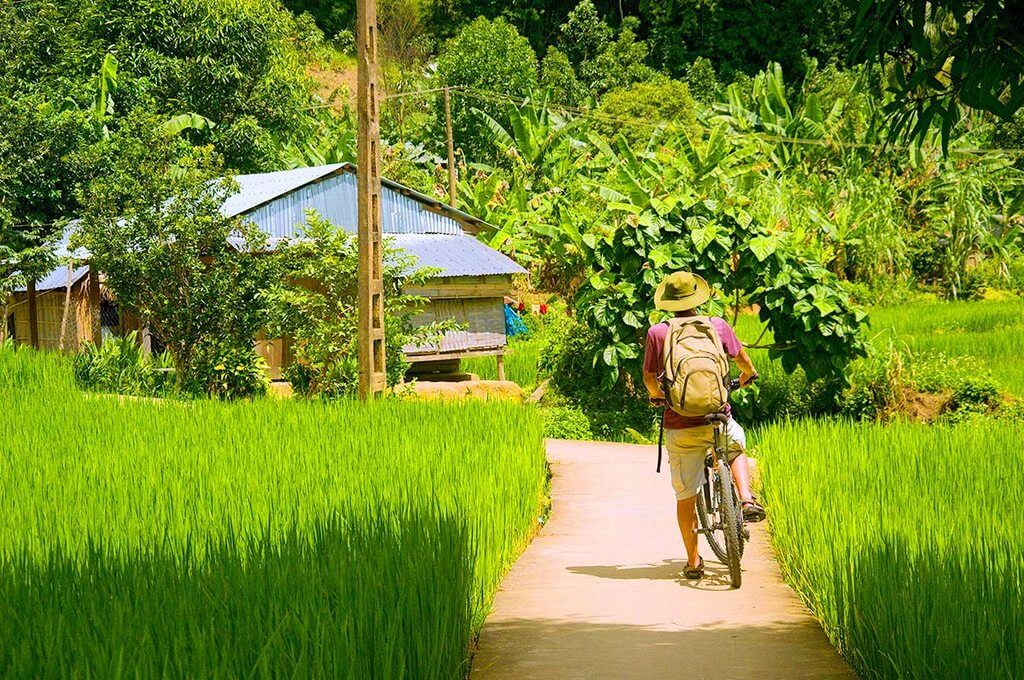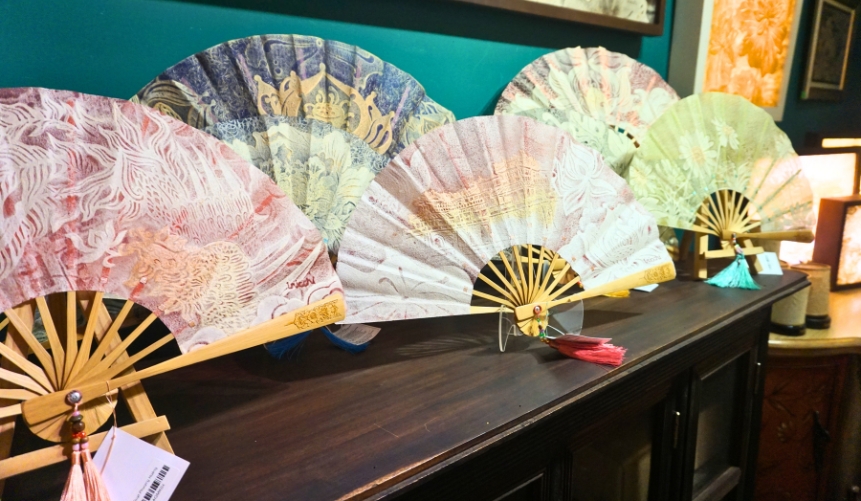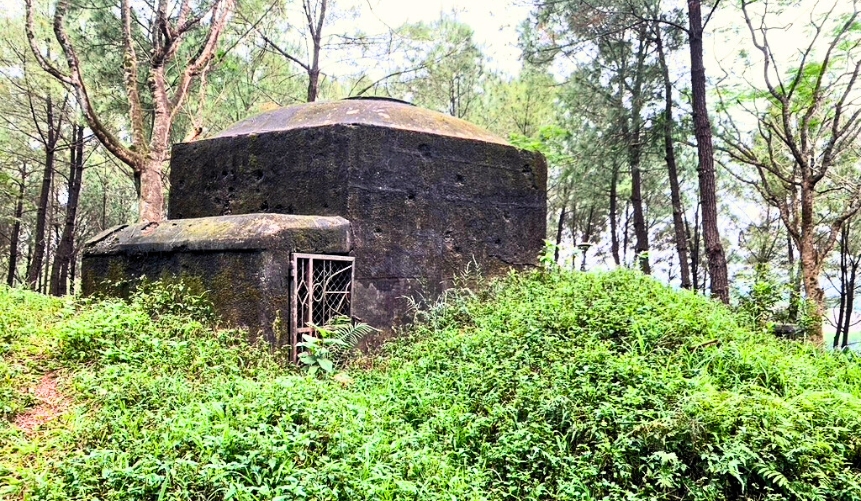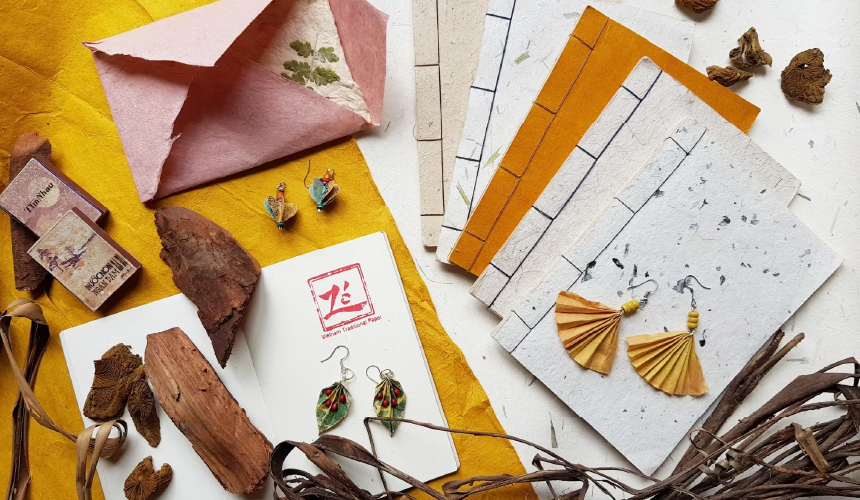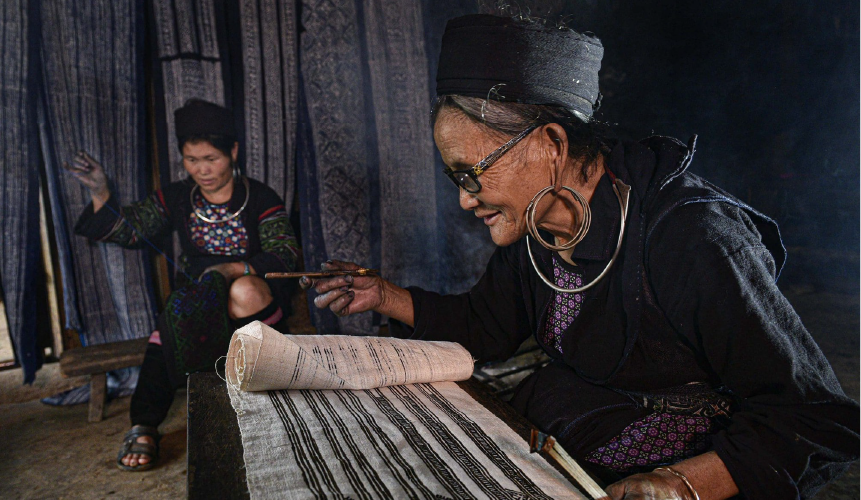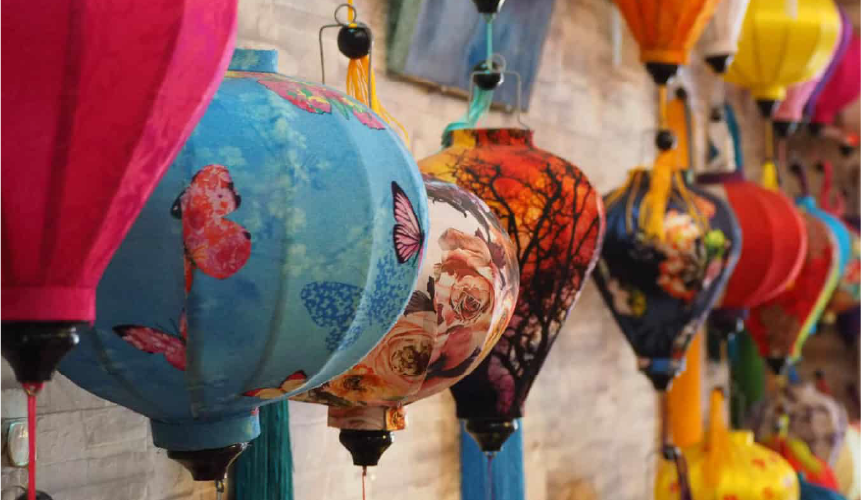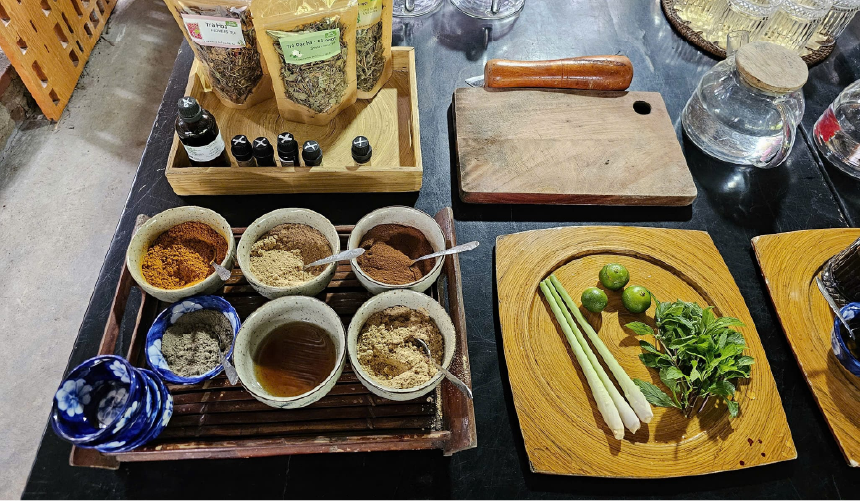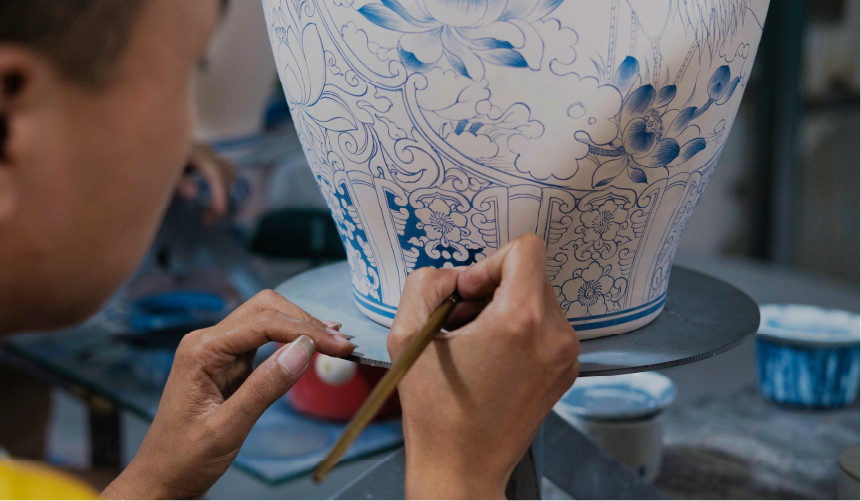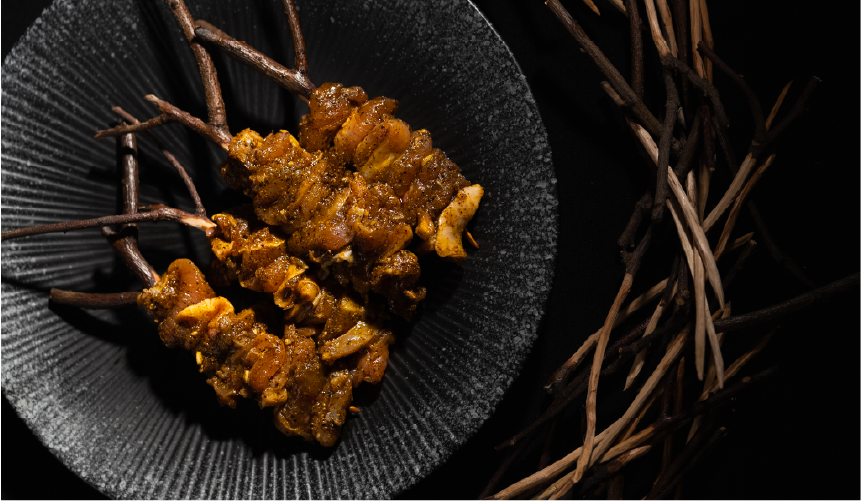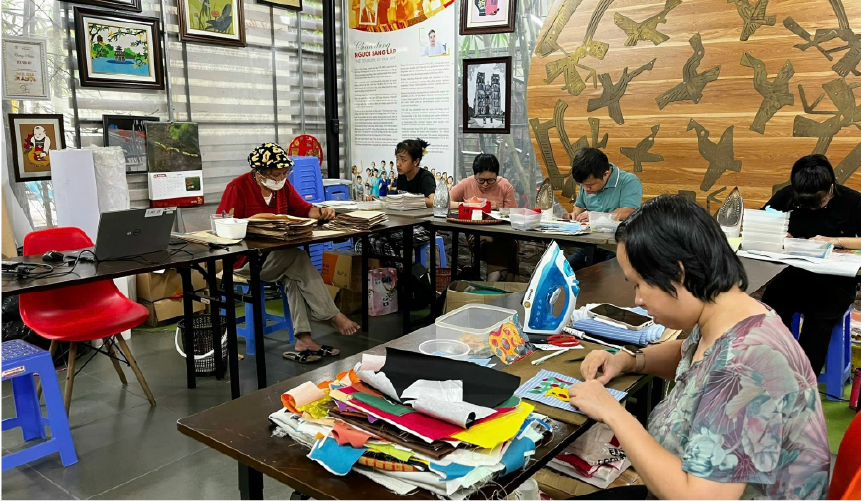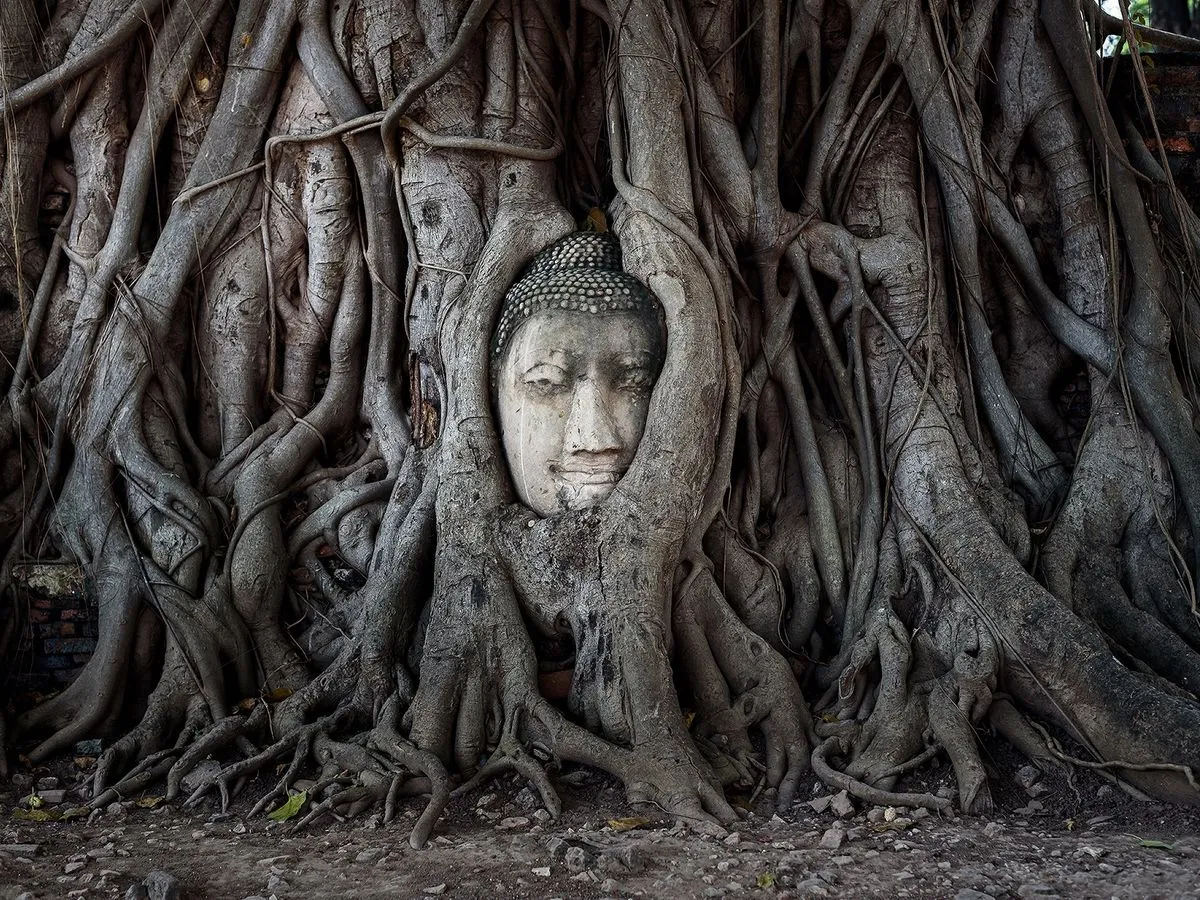
Beyond the Beaches: A DMC’s Guide to Thailand’s Most Important Temples
For our travel agent and tour operator partners, crafting the perfect Thailand itinerary means looking beyond the magnificent beaches and vibrant street food. While these are essential, it is Thailand’s profound spiritual heart that offers the most transformative experiences for your clients.
But with thousands of temples across the country, which ones are truly essential? Which ones make logistical sense to include in an itinerary?
As your partner on the ground, we’ve navigated the crowds, climbed the steps, and understood the stories behind the stones. This isn’t just a list; it’s our curated, practical guide to help you choose the right spiritual landmarks for the right clients, ensuring every journey is rich with meaning.
A guide to Bangkok’s essential temples
Bangkok is home to some of the most iconic and accessible temples in the kingdom.
1. Wat Pho (The Temple of the Reclining Buddha)
Wat Pho is famous for its massive, 46-meter-long Reclining Buddha, but its significance goes much deeper. Commissioned by King Rama I, it stands as one of Bangkok’s most ancient temples. Wat Pho is also celebrated as the official birthplace of traditional Thai massage, a legacy that continues on its grounds to this day.
Insider tip: Visit Wat Pho before the Grand Palace. It’s less crowded in the morning and sets a more tranquil tone. Its biggest value-add for itineraries is being the birthplace of traditional Thai massage. Don’t just mention it; recommend booking a session at the massage school on-site. It’s an authentic experience.
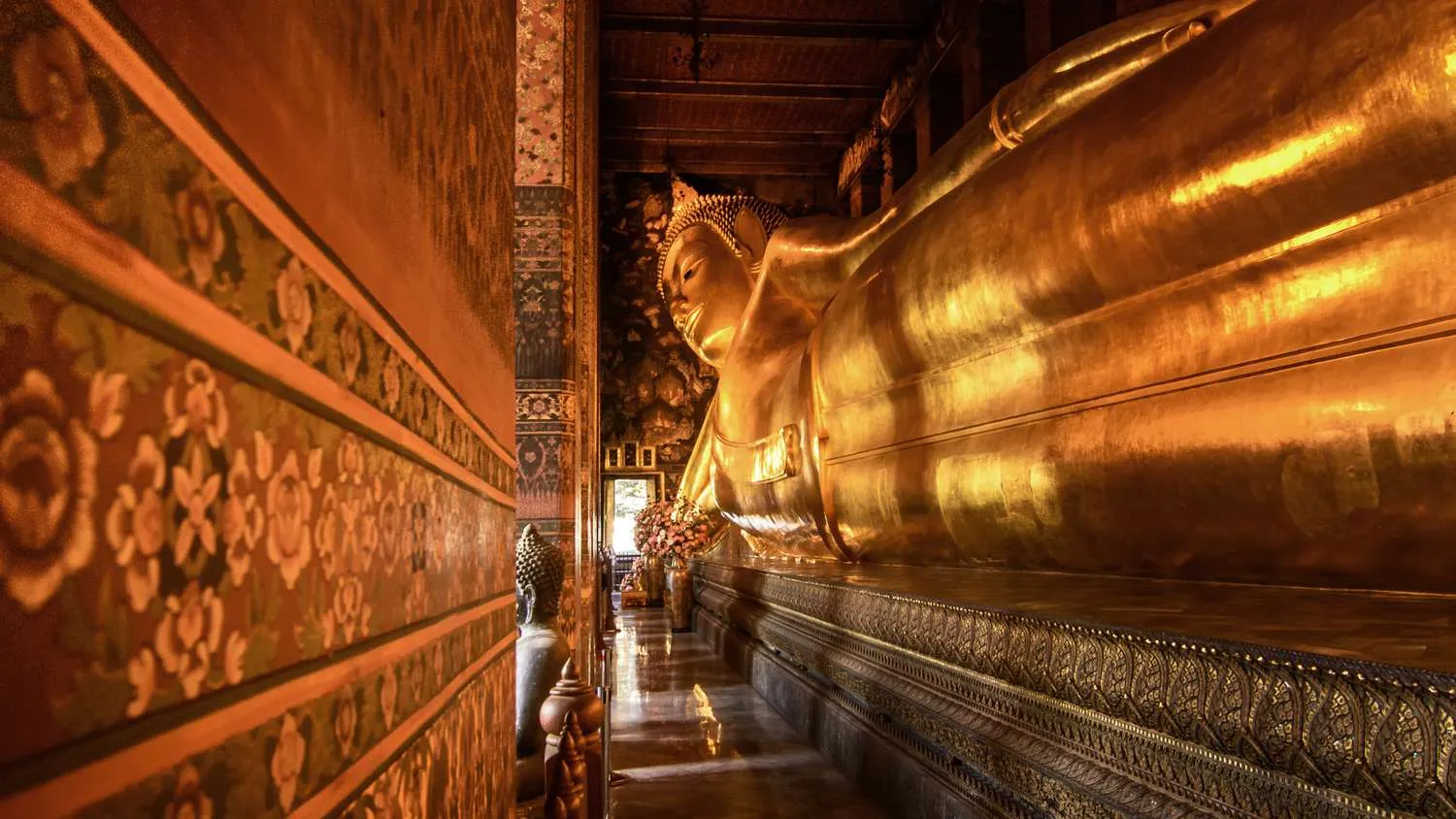
Wat Pho. Photo: collected
2. Wat Arun (The Temple of Dawn)
Wat Arun, with its iconic porcelain-encrusted spires, is a true architectural symbol of Bangkok. While beautiful up close, its most breathtaking view is from across the Chao Phraya River.
Insider tip: The climb up the central prang (tower) is incredibly steep. For the best experience, we recommend scheduling a sunset cocktail at a rooftop bar opposite the river or a dinner cruise. Watching the temple light up at dusk is a core Bangkok memory.
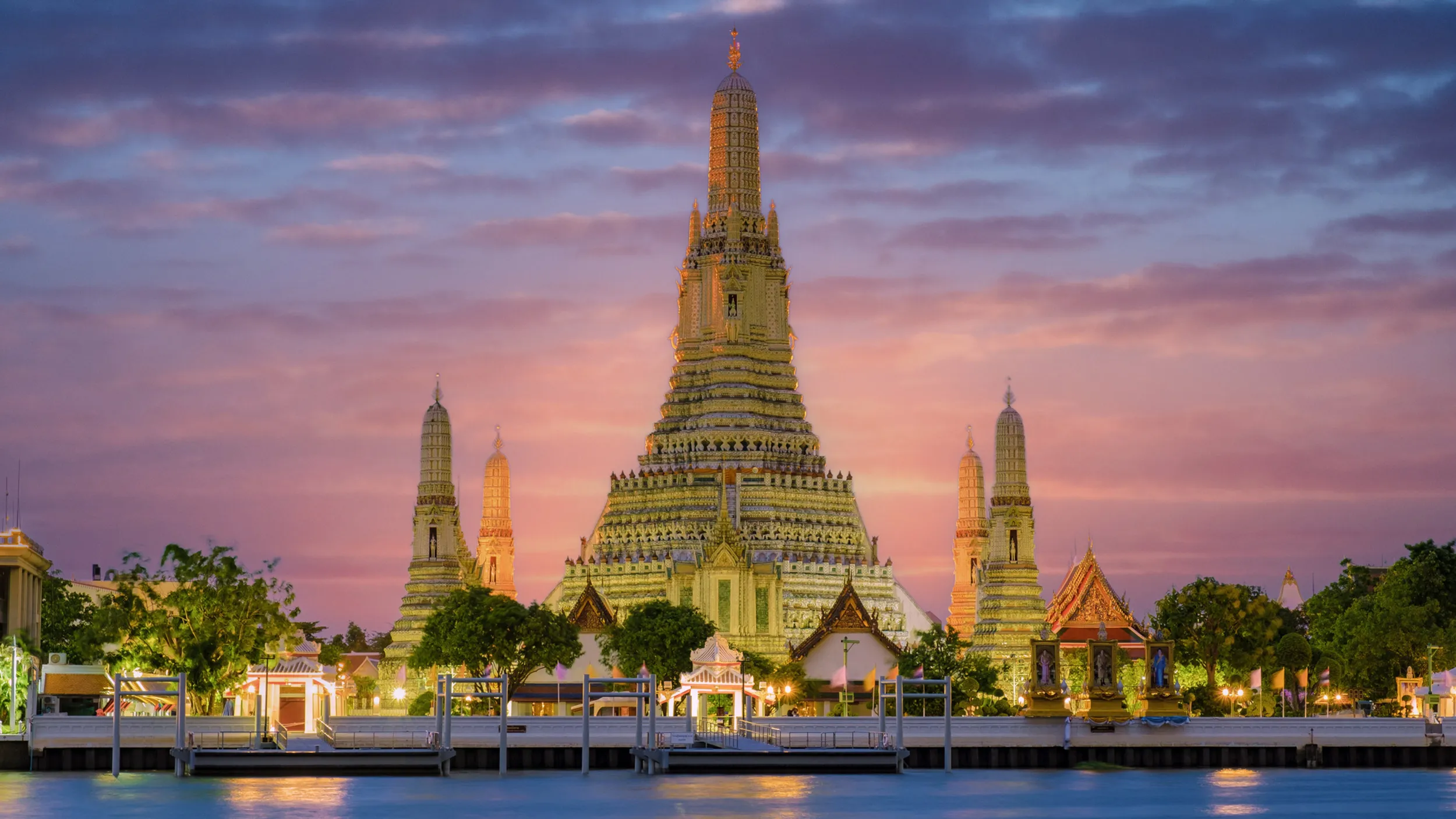
Wat Arun. Photo: collected
3. Wat Phra Kaew (The Temple of the Emerald Buddha)
Located within the Grand Palace complex, Wat Phra Kaew is the spiritual heart of the nation. It houses the deeply revered Emerald Buddha, a 66-cm statue carved from a single block of jade. The temple is also the stage for Thailand’s most important national ceremonies. This is a critical logistical detail for itinerary planning, as it means the grounds can be subject to closures for royal or state events.
Logistical tip: This is the busiest site in Bangkok. Strict dress codes are enforced (no shorts, sleeveless shirts). Ensure all travelers are briefed beforehand to avoid delays or disappointment at the entrance. Due to its importance, it is a non-negotiable “must-see” for almost all first-time visitors.
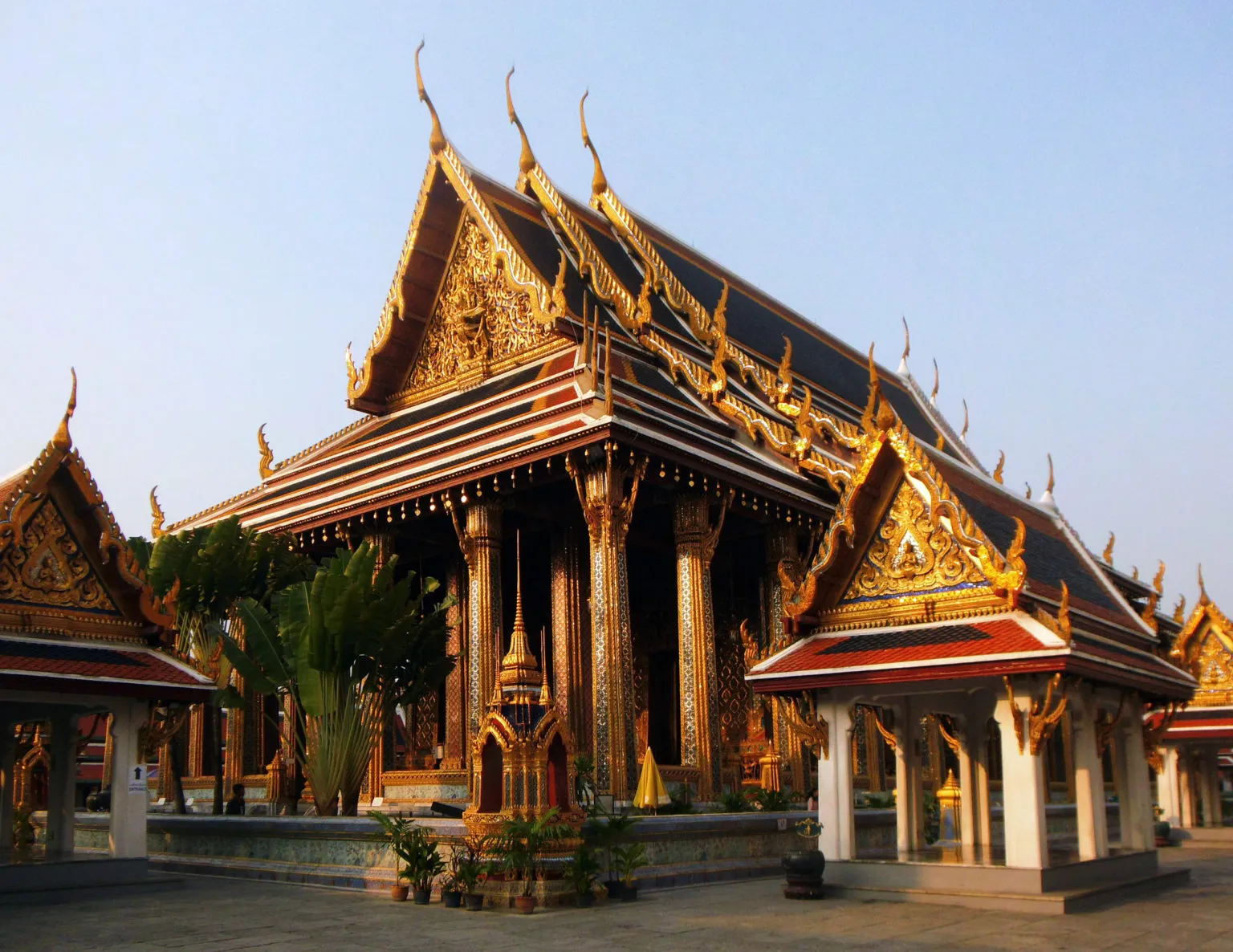
Wat Phra Kaew. Photo: collected
4. Wat Suthat
Constructed in the late 18th century, during the reign of King Rama I, Wat Suthat stands as a testament to the harmonious blend of Thai artistry and religious devotion. Within its courtyard are 28 intricately carved Chinese-style pagodas, each symbolizing one of the 28 Buddhas who have appeared on Earth. In front of the temple stands the iconic Giant Swing, a 20-meter-tall landmark once used in ancient Brahmanic ceremonies, which has now become one of Bangkok’s most famous photo opportunities.
Insider tip: Wat Suthat is an excellent alternative for clients who might feel overwhelmed by the crowds at the other main temples. It offers a more peaceful and contemplative experience, perfect for those with a deeper interest in Buddhist art and architecture.
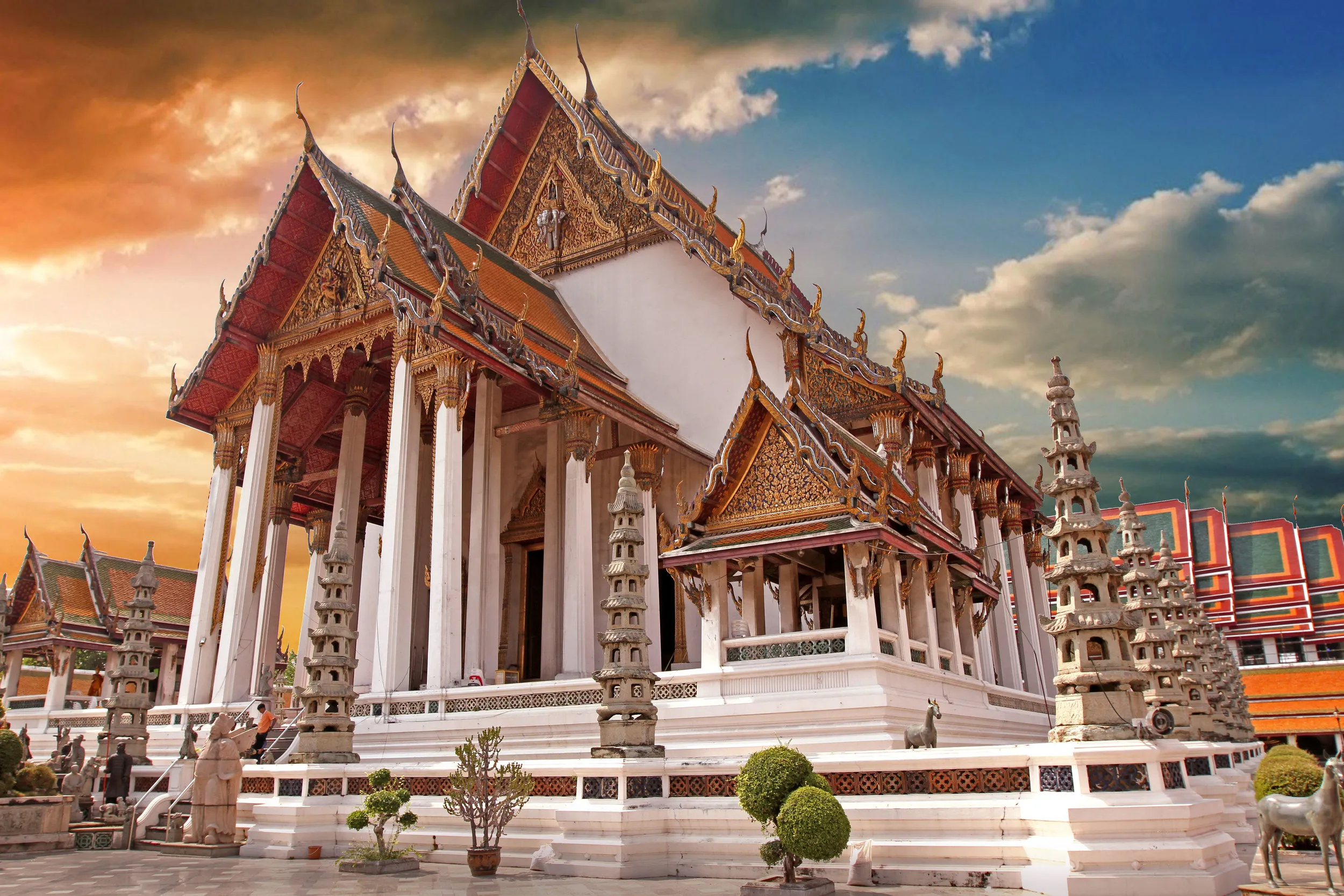
Wat Suthat. Photo: collected
5. A Guide to Pattaya’s Sanctuary of Truth
It’s not an ancient temple, but a magnificent, privately-owned museum of woodcarving that has been under construction since 1981. As Thailand’s largest all-wood structure, it’s a masterpiece of traditional craftsmanship, built entirely by hand. Its purpose is to explore the philosophy of impermanence through stunningly intricate carvings that draw from Thai, Khmer, Chinese, and Indian spiritual traditions.
Insider tip: Currently, it is an active construction site, which is part of its philosophy of impermanence. The intricate, hand-carved details are a testament to traditional craftsmanship, making it a dream for photographers and art lovers, not necessarily for those seeking a traditional place of worship.
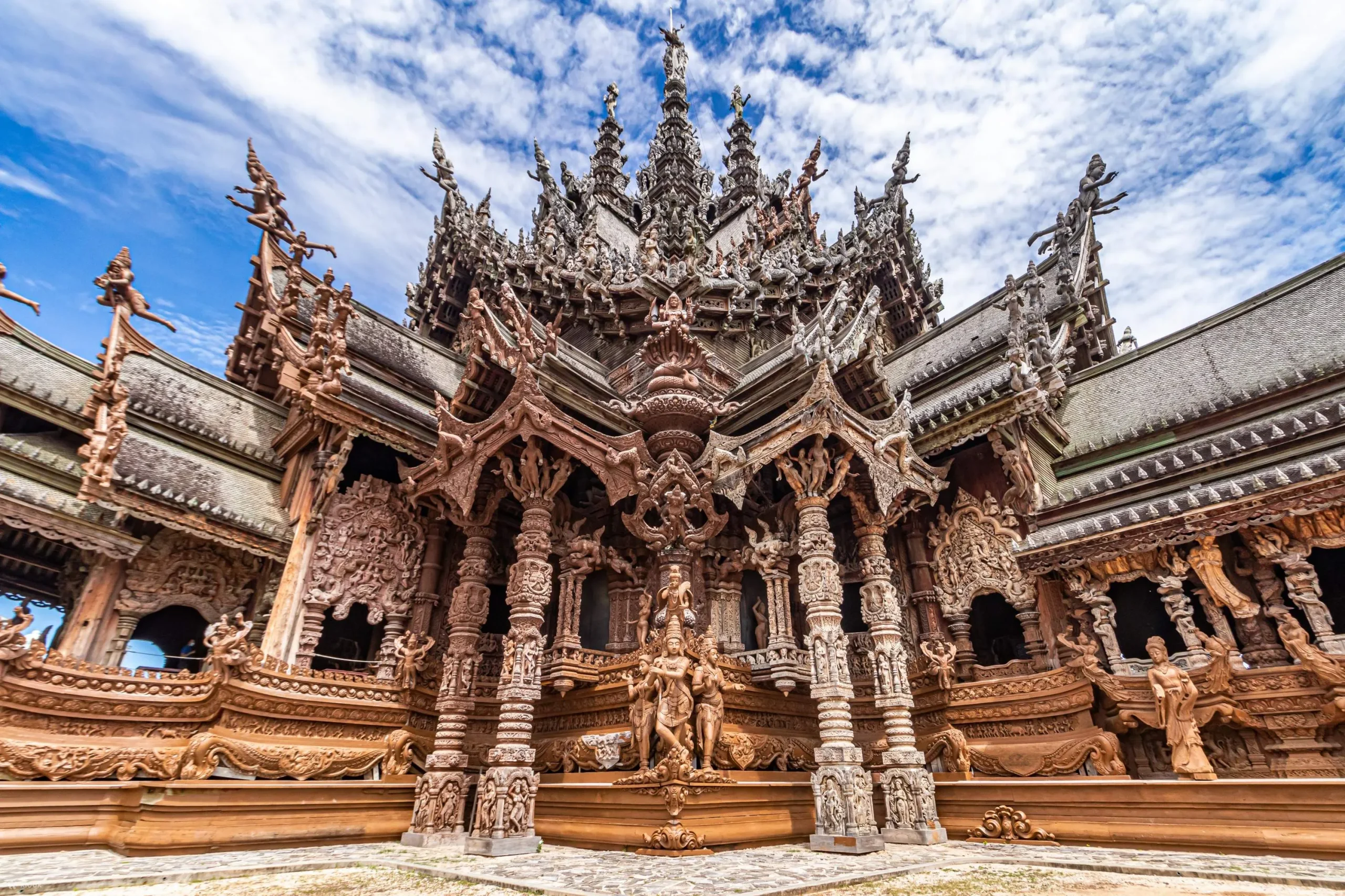
Pattaya’s Sanctuary of Truth. Photo: collected
Northern Thailand’s Jewels: Temples of Chiang Mai & Chiang Rai
6. Wat Rong Khun (The White Temple, Chiang Rai)
Wat Rong Khun is less a temple but a stunning fusion of contemporary art and Buddhist teachings. Conceived more as an art installation than a traditional temple, its brilliant white exterior symbolizes the Buddha’s purity, while the fragments of mirrored glass embedded in the structure represent his wisdom reflecting the light.
Insider tip: This is a fantastic fit for travelers who appreciate provocative, contemporary art, but it might not resonate with traditionalists seeking solemnity. It’s less a place of worship and more a powerful artistic statement.
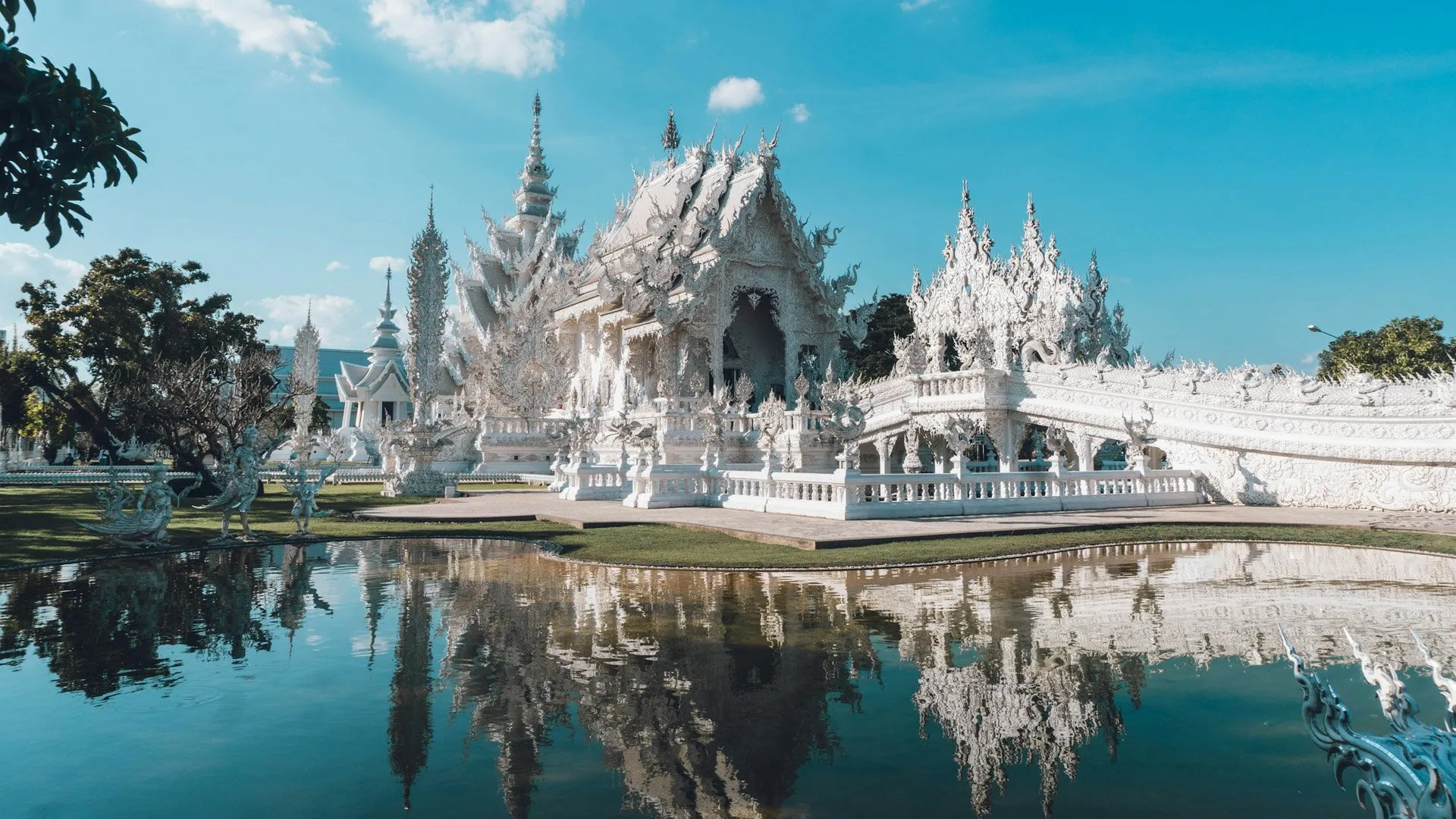
Wat Rong Khun. Photo: collected
7. Wat Phra That Doi Suthep (Chiang Mai)
Located 15km from Chiang Mai, the temple is perched on a mountain overlooking the valley. Travelers have two primary options for the final ascent: an easy cable car ride, or the more rewarding climb up the 306-step Naga staircase.
Insider tip: The real magic of Doi Suthep is its atmosphere during early morning or late afternoon, when the monks chant and the tourist crowds thin.
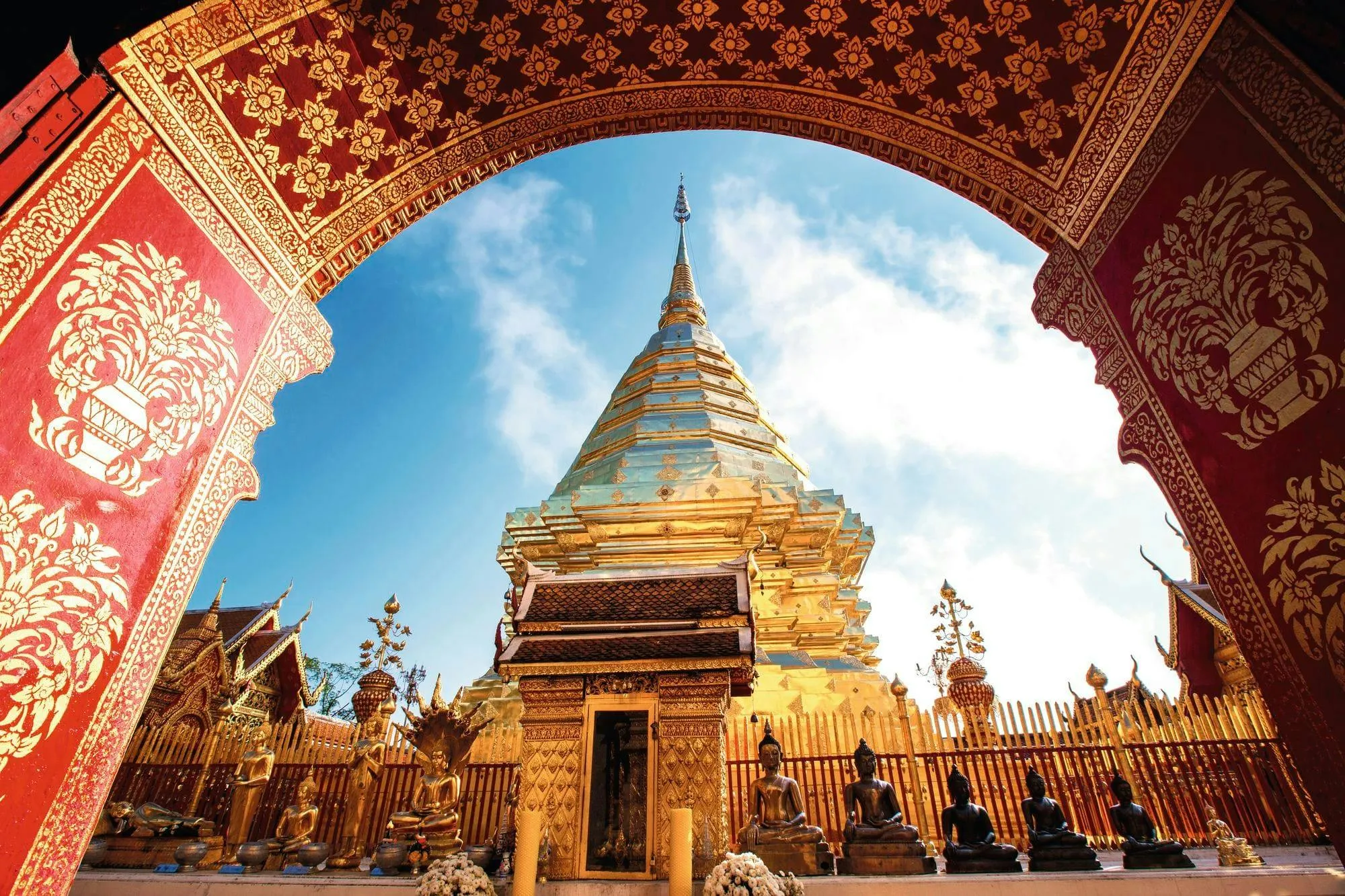
Wat Phra That Doi Suthep . Photo: collected
Exploring the temples of the ancient capital of Ayutthaya
8. Wat Chaiwatthanaram (a royal legacy on the riverbank)
Located on the riverbank in the Ayutthaya Historical Park, this Khmer-style temple is a photographer’s dream, especially at sunset. Built in 1630, its grand scale is meant to represent the Buddhist view of the universe.
Itinerary tip: This often serves as the final stop on an Ayutthaya day trip. Watching the sun set behind its imposing prangs is the perfect, dramatic conclusion to a day spent exploring the old capital.
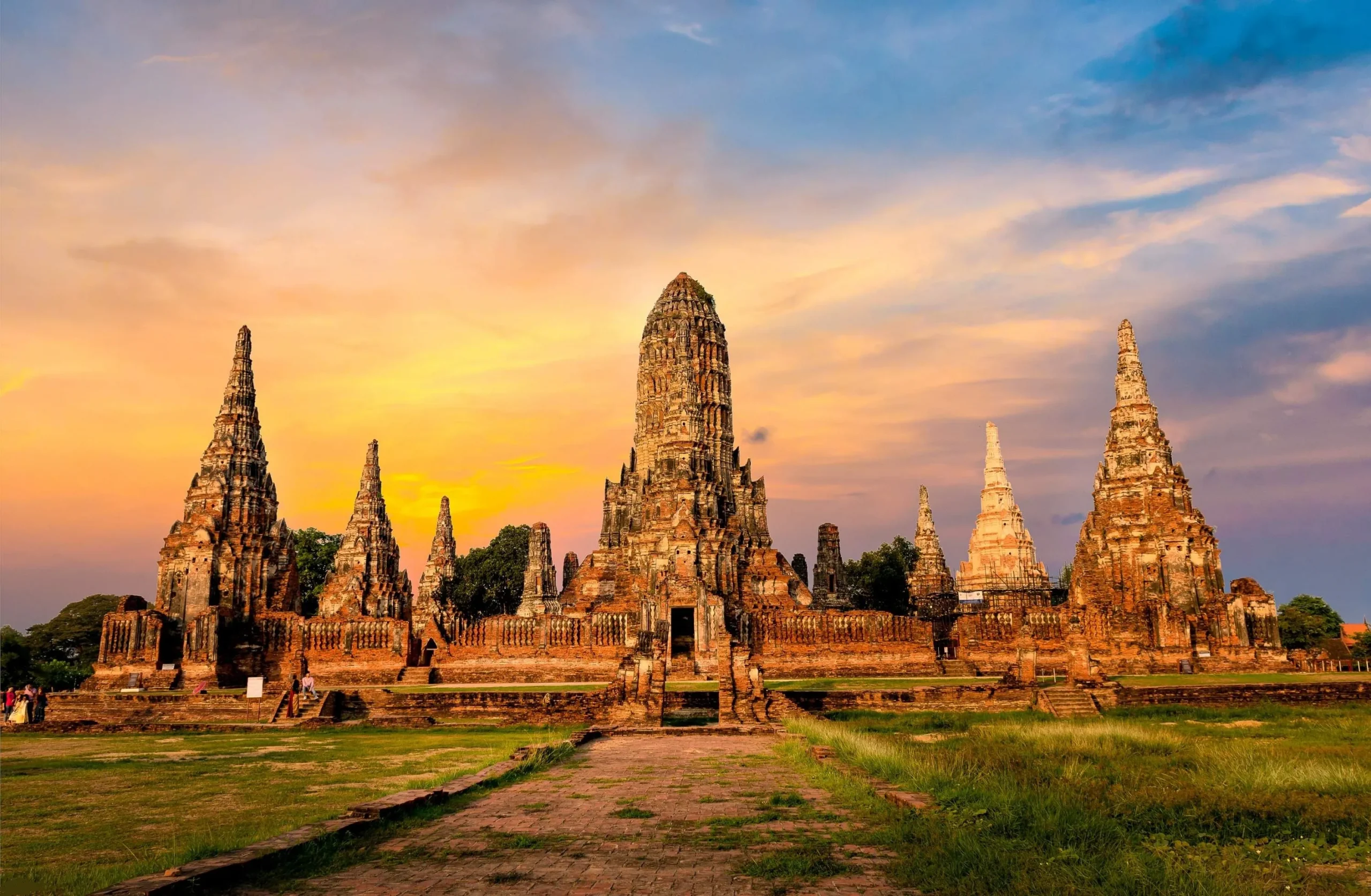
Wat Chaiwatthanaram. Photo: collected
9. Wat Mahathat (Temple of the Great Relic)
Wat Mahathat stands as one of Ayutthaya’s oldest and most sacred sites. It once enshrined holy relics of the Buddha and today serves as Thailand’s largest center for Vipassana meditation. This temple is world-famous for one iconic image: the serene Buddha head gently encased in the roots of a banyan tree. While the entire temple complex is a significant ruin, this single spot is the main draw.
Insider tip: A good guide doesn’t just point to it; they tell the story of the 18th-century Burmese invasion, the destruction of the old capital, and how this serene face became a powerful symbol of resilience and nature’s embrace.
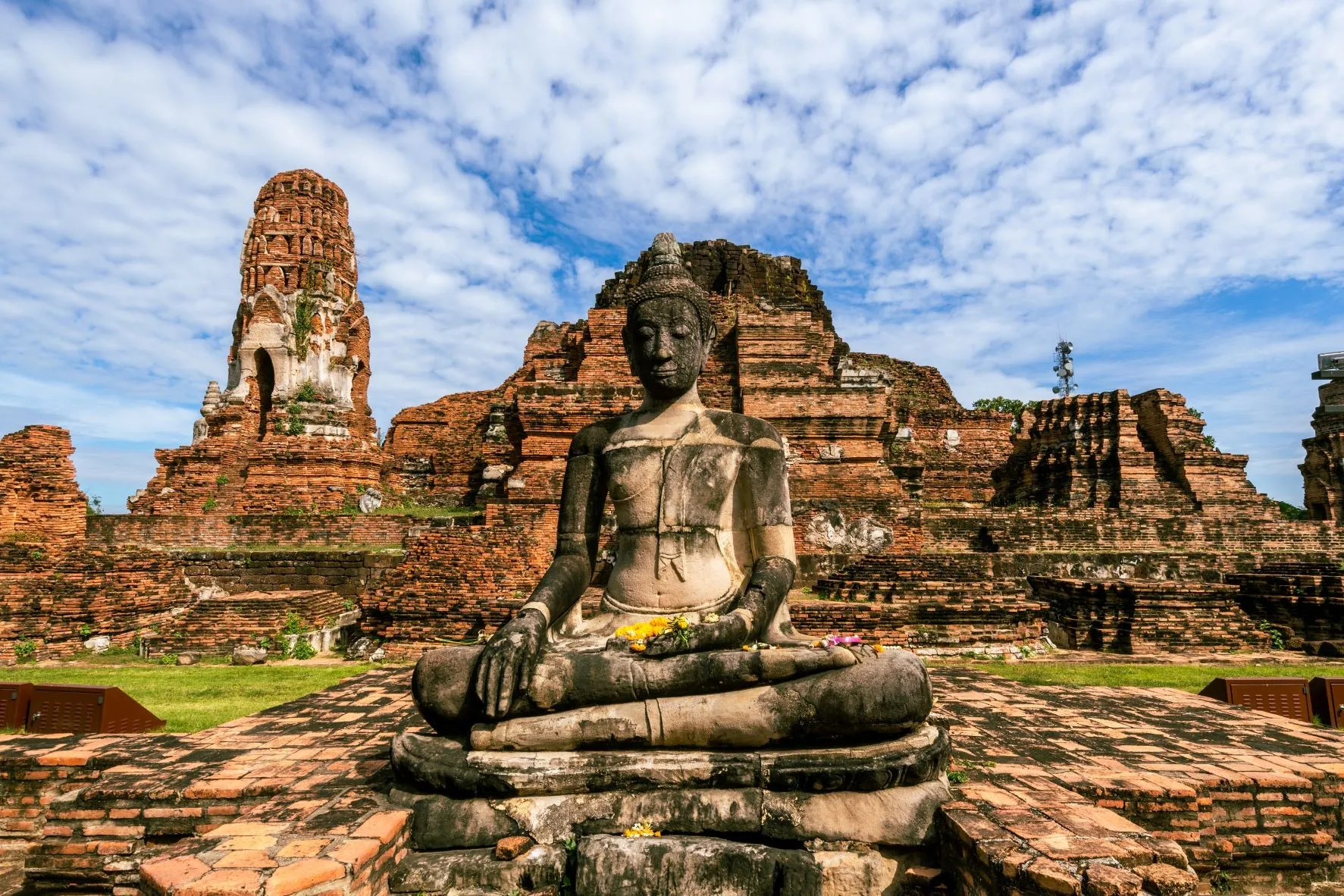
Wat Mahathat. Photo: collected
10. A Guide to Krabi’s Tiger Cave Temple
For clients visiting Krabi who want more than just beaches, this is an excellent active inclusion. The temple’s name comes from tiger paw prints found in the cave. The true challenge and reward, however, is the 1,237-step climb to a summit shrine.
Insider tip: This is a strenuous climb, not for the faint of heart. It should only be recommended for physically fit clients. For those who make it, the reward is one of the most spectacular panoramic views in all of Southern Thailand, overlooking the limestone karsts and the Andaman Sea.
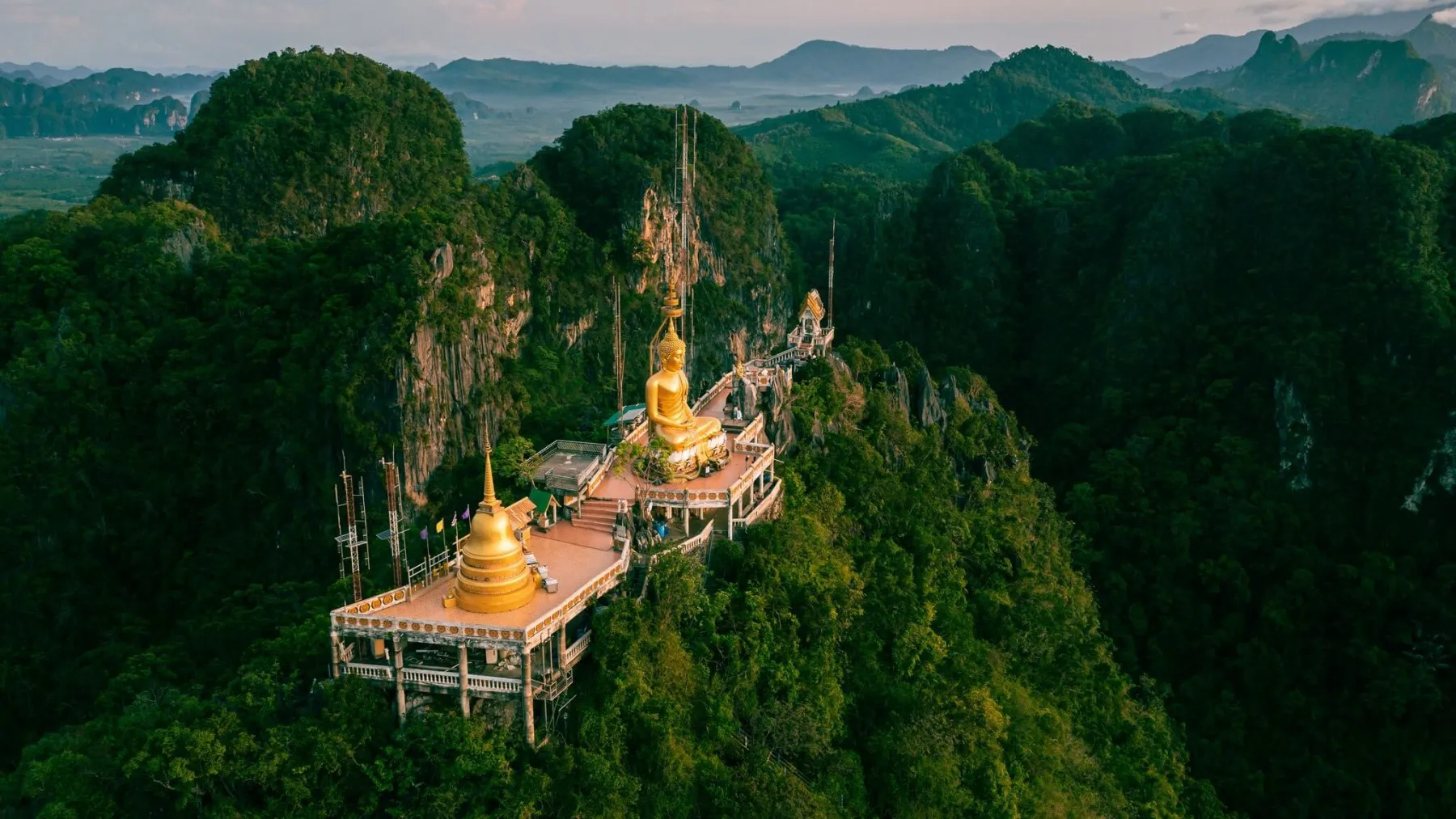
Krabi’s Tiger Cave Temple. Photo: collected





